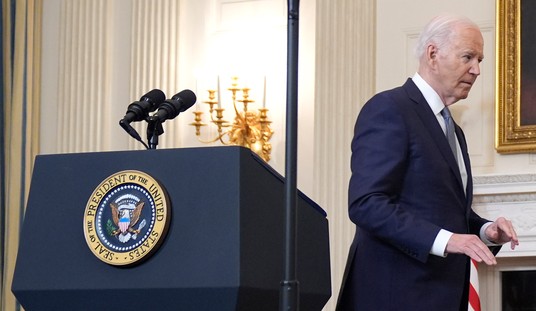On these pages I have described how the primordial soup of a market system could transform education. In their book, Disrupting Class: How Disruptive Technologies Will Change the Way the World Learns, Clayton Christensen and Michael B. Horn argue that online technology will reformat American K-12 education, sooner rather than later.
Online learning has grown rapidly, but the impact to date has hardly been revolutionary. It’s been interesting, but, ultimately, only a niche activity. Christensen and Horn, however, maintain that filling niches is exactly how a disruptive technology such as online learning advances.
Distance learning, for example, is very popular in Alaska, where children might otherwise have to commute vast distances through dangerous weather to attend a traditional school. Homeschoolers have also taken to online learning.
The authors point out that only about a third of American high schools have Advanced Placement courses offered on campus. Better, many school administrators are beginning to reason, to adopt such courses online than not to offer them at all.
Christensen and Horn describe the progress of online learning to date as being broadly similar to past disruptive technologies. The tipping point comes years after the disruptive technology has filled various niches. Through the normal course of incremental improvement, the disruptive technology becomes superior to the dominant technology. Once this occurs, the disruptive technology displaces the once dominant technology to become dominant itself.
Projecting from data available and based upon past experience, the authors estimate that 50 percent of K-12 courses will be delivered online by 2019.
Recommended
This “out with the old, and in with the new” prediction is pretty bold. In this case, however, the “old” is the labor-intensive method of classroom instruction that has gone more or less unchanged since Socrates. Could we really be on the verge of displacing the basic method of education content delivery?
Designers may improve online programs to the point that they will be of demonstrably better quality than the tried and true methods. For example, innovators are working on computer-based learning programs that will adapt to the individual learning styles of children. These programs present information in a variety of ways, figure out which way works best for each child and adapt the presentation accordingly.
Personalized, self-paced learning also offers enormous promise. Both fast and slow learners often find themselves frustrated by the pace of teaching that suits the average learner.
I can imagine an online course built around Milton Friedman’s Free to Choose television series that could be better than the average high-school or college economics class. I can’t remember the name of the graduate student who taught my Econ 101, but he wasn’t Milton Friedman. He didn’t adapt his presentation to my learning style. Come to think of it, I don’t think he spoke English terribly well.
Quality teaching powerfully drives education outcomes. An online Friedman might very well best many flesh and blood instructors.
Education may always remain primarily a social enterprise, but mixed models of classroom and online instruction are already underway. A “guide on the side” instead of a “sage on the stage” might actually make sense when technology delivers the primary content.
NAEP scores show that 34 percent of American fourth graders can’t read. Somewhere close to that percentage of students drop out of high school, and many others graduate in need of remediation.
Can technology deliver learning better and cheaper than today’s schools? We don’t know yet, but I’m willing to experiment to find out. Politics will doubtlessly play an inhibiting role, but bet on the better mouse trap in the long run.

























Join the conversation as a VIP Member